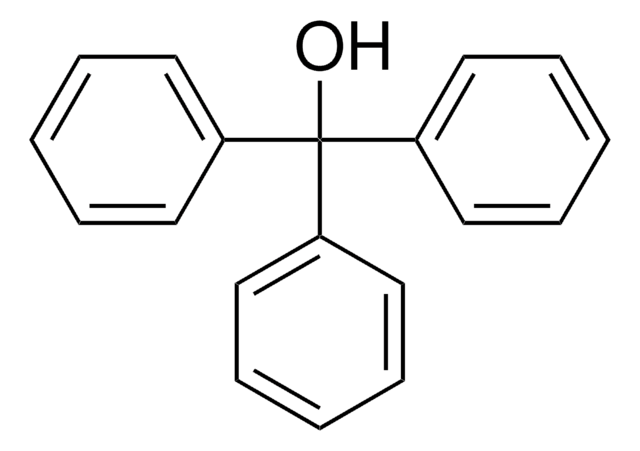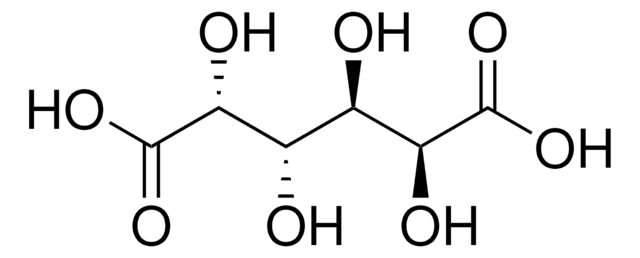Kluczowe dokumenty
16382
Casticin
analytical standard
Synonim(y):
3′,5-Dihydroxy-3,4′,6,7-tetramethoxyflavone, 3,4′,6,7-Tetra-O-methylquercetagetin, 5-Hydroxy-2-(3-hydroxy-4-methoxyphenyl)-3,6,7-trimethoxy-4H-1-benzopyran-4-one, 5-Hydroxy-2-(3-hydroxy-4-methoxyphenyl)-3,6,7-trimethoxychromen-4-one, Quercetagetin 3,4′,6,7-tetramethyl ether, Vitexicarpin
About This Item
Polecane produkty
klasa czystości
analytical standard
Poziom jakości
Próba
≥98.0% (HPLC)
okres trwałości
limited shelf life, expiry date on the label
metody
HPLC: suitable
gas chromatography (GC): suitable
Zastosowanie
food and beverages
Format
neat
temp. przechowywania
2-8°C
ciąg SMILES
COc1ccc(cc1O)C2=C(OC)C(=O)c3c(O)c(OC)c(OC)cc3O2
InChI
1S/C19H18O8/c1-23-11-6-5-9(7-10(11)20)17-19(26-4)16(22)14-12(27-17)8-13(24-2)18(25-3)15(14)21/h5-8,20-21H,1-4H3
Klucz InChI
PJQLSMYMOKWUJG-UHFFFAOYSA-N
Szukasz podobnych produktów? Odwiedź Przewodnik dotyczący porównywania produktów
Opis ogólny
Zastosowanie
Opakowanie
Inne uwagi
Kod klasy składowania
11 - Combustible Solids
Klasa zagrożenia wodnego (WGK)
WGK 3
Temperatura zapłonu (°F)
Not applicable
Temperatura zapłonu (°C)
Not applicable
Wybierz jedną z najnowszych wersji:
Masz już ten produkt?
Dokumenty związane z niedawno zakupionymi produktami zostały zamieszczone w Bibliotece dokumentów.
Nasz zespół naukowców ma doświadczenie we wszystkich obszarach badań, w tym w naukach przyrodniczych, materiałoznawstwie, syntezie chemicznej, chromatografii, analityce i wielu innych dziedzinach.
Skontaktuj się z zespołem ds. pomocy technicznej






